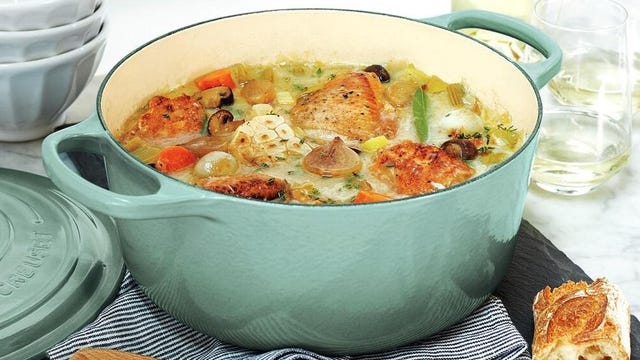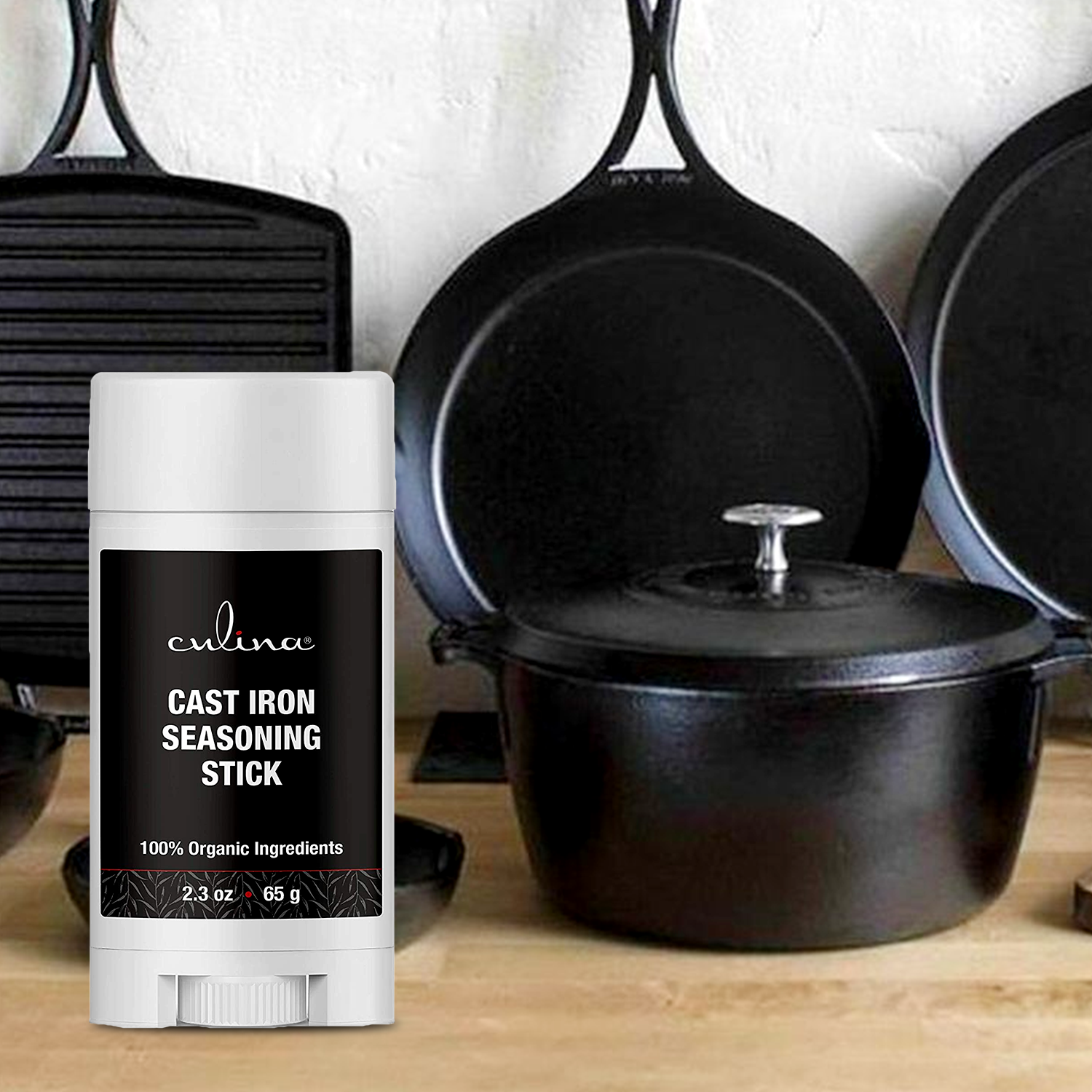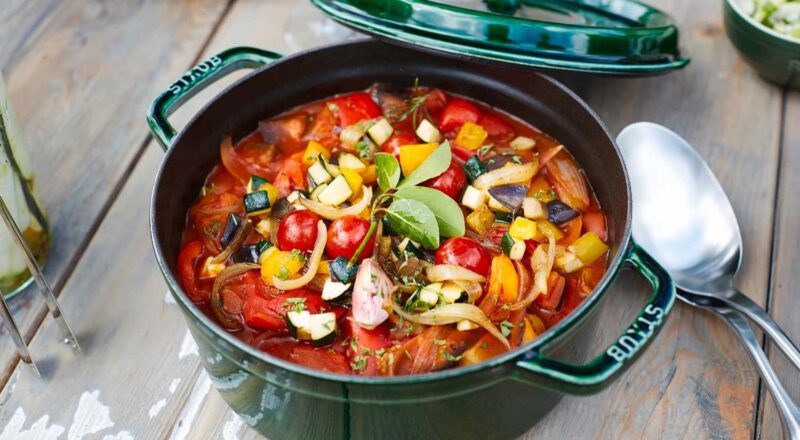Using a Dutch oven for deep frying offers a delightful and efficient way to prepare your favorite fried foods. The versatility and even heating of Dutch ovens make them a preferred choice among kitchen professionals. In this article, we will take an in-depth look into how to deep fry in a Dutch oven to achieve perfect, crispy, and delicious results every time.

1. The Benefits of Using a Dutch Oven for Deep Frying
Before diving into the ‘how-to,’ lets talk about why you should deep fry in a Dutch oven. Dutch ovens are terrific for deep frying due to their thick walls and heavy lids, which help retain and evenly distribute heat. This makes it easier to maintain the precise temperature required for perfect frying. Additionally, their high sides prevent oil splatters and ensure a clean kitchen space.

2. Choosing the Right Dutch Oven
Cast Iron vs. Enameled Cast Iron
A key decision you’ll need to make is selecting between a traditional cast iron Dutch oven and an enameled cast iron Dutch oven. Both have their merits:
- Cast Iron Dutch Oven: Excellent heat retention and durability.
- Enameled Cast Iron Dutch Oven: Easier to clean and doesnt require seasoning.
Regardless of your choice, ensure the Dutch oven is large enough to hold the amount of oil you need, plus room for your food to fry without overcrowding.

3. Essential Tools and Ingredients
Equipment You Will Need
- Heavy-duty tongs or a spider skimmer.
- A deep-fry thermometer.
- Heat-resistant gloves or mitts.
- A cooling rack with paper towels.
4. Preparing the Ingredients
Choosing the Right Oil
When it comes to deep frying, not all oils are created equal. Opt for oils with high smoke points such as peanut, canola, or sunflower oil. These oils remain stable at high temperatures and wont impart strong flavors to your food.
Breading and Coating
The breading or coating you use is crucial for achieving that perfect crispy exterior. Common options include flour, panko breadcrumbs, and tempura batter. Make sure your food is dry before breading to help the coating adhere better.
5. Step-by-Step Guide: How to Deep Fry in a Dutch Oven
Step 1: Fill the Dutch Oven with Oil
Pour the oil into your Dutch oven, filling it no more than halfway. This ensures you have plenty of room for the oil to bubble up when you add your food.
Step 2: Preheat the Oil
Place your Dutch oven on the stove and heat the oil to the desired temperature, usually between 350F and 375F. Use a deep-fry thermometer to monitor the temperature accurately.
Step 3: Test the Oil
Before adding your food, test the oil to ensure its at the right temperature. You can do this by dropping a small piece of bread into the oil. If it sizzles and turns golden brown within 60 seconds, the oil is ready.
Step 4: Carefully Add Your Food
Using tongs or a spider skimmer, carefully place your food into the hot oil. Avoid overcrowding the Dutch oven, as this can lower the oil temperature and result in soggy food.
Step 5: Fry to Perfection
Let your food fry until it reaches a golden brown color and crispy texture. This can take anywhere from 2 to 10 minutes, depending on the type and size of the food.
Step 6: Remove and Drain
Once fried, use your tongs or skimmer to remove the food from the oil and place it on a cooling rack lined with paper towels. This will help drain any excess oil.
6. Maintaining the Perfect Fry
Monitoring Oil Temperature
Its crucial to keep an eye on the oil temperature while frying. If it drops, adjust the heat to bring it back up. Conversely, if it gets too hot, lower the heat to prevent burning your food.
Batch Frying
Fry your food in small batches to ensure each piece gets cooked evenly and remains crispy. Overcrowding the Dutch oven can result in uneven frying and soggy textures.
7. Safety Tips for Deep Frying
Avoid Water and Moisture
Never add water or wet food to hot oil, as this can cause dangerous splattering. Pat your food dry before frying.
Safe Handling of Hot Oil
Hot oil can be hazardous. Always use heat-resistant gloves or mitts, and keep a close eye on the temperature to avoid overheating and potential fires.
8. Cleaning Your Dutch Oven Post-Frying
After frying, let your Dutch oven cool completely before attempting to clean it. Dispose of the used oil properly, and then scrub the Dutch oven with hot, soapy water. If you have an enameled cast iron Dutch oven, avoid using abrasive cleaners to prevent scratching the enamel.
9. Troubleshooting Common Deep Frying Issues
Food Not Crispy Enough
If your food isn’t coming out as crispy as you’d like, it might be due to low oil temperature or overcrowding the Dutch oven. Ensure the oil is hot enough before adding food, and fry in small batches.
Oil Smoking
If your oil starts smoking, it means it’s too hot. Reduce the heat immediately and let the oil cool down to the proper frying temperature.
10. Flavor Variations and Seasonings
Spice Mixes
Experiment with different spice mixes to add unique flavors to your fried foods. Popular options include Cajun, garlic parmesan, and lemon pepper.
Serving Sauces
Pairing your fried foods with tasty sauces can elevate the dish. Classics like ketchup, ranch, and honey mustard are always crowd-pleasers.
11. Eco-Friendly Deep Frying Tips
Oil Recycling
Consider recycling your frying oil to reduce waste. Strain the oil through a fine mesh sieve to remove food particles, and store it in a clean container for future use.
Energy-Efficient Practices
Turn off the heat promptly after frying and let the residual heat finish cooking the last batch. This helps save energy and reduces oil temperature faster.
12. Recommended Fried Dishes
Classic Fried Chicken
Nothing beats traditional fried chicken. The key is marinating the chicken in buttermilk beforehand and frying it in small batches until golden brown.
Fried Vegetables
Crispy fried vegetables like zucchini, mushrooms, and onions make for a healthy and delicious snack. Use a light batter to coat them before frying.
13. Tips for Hosting a Fry Party
Preparing Ahead
To make hosting easier, prep your ingredients and bread them in advance. This allows you to focus on frying and serving your guests promptly.
Creating a Fry Bar
Set up a fry bar with various dipping sauces and sides. Guests can mix and match their fried goodies with different flavors and textures.
14. Comparing Dutch Oven Brands
Le Creuset vs. Lodge
Le Creuset is known for its high-quality, enameled Dutch ovens, while Lodge offers durable cast iron options at affordable prices. Both brands are excellent choices for deep frying, but your preference may depend on budget and specific needs.
15. FAQs
Can you deep fry in a Dutch oven?
Yes, Dutch ovens are great for deep frying due to their ability to maintain a consistent temperature and handle large volumes of oil.
What is the best oil for deep frying in a Dutch oven?
Oils with high smoke points like peanut, canola, and sunflower oil are ideal for deep frying in a Dutch oven.
How do you clean a Dutch oven after frying?
Once the Dutch oven has cooled, dispose of the oil, and wash the pot with hot, soapy water. Avoid abrasive cleaners if using an enameled Dutch oven. For more detailed cleaning instructions, you can refer to this guide.
If you’re eager to explore more about Dutch ovens and various recipes, check out this Pot Roast Recipe or learn How to Clean a Dutch Oven.
By following these steps and tips, you can achieve terrific deep-fried dishes using your Dutch oven, impressing your family and friends with big, approved flavors.
As an Amazon Associate, I earn from qualifying purchases.

